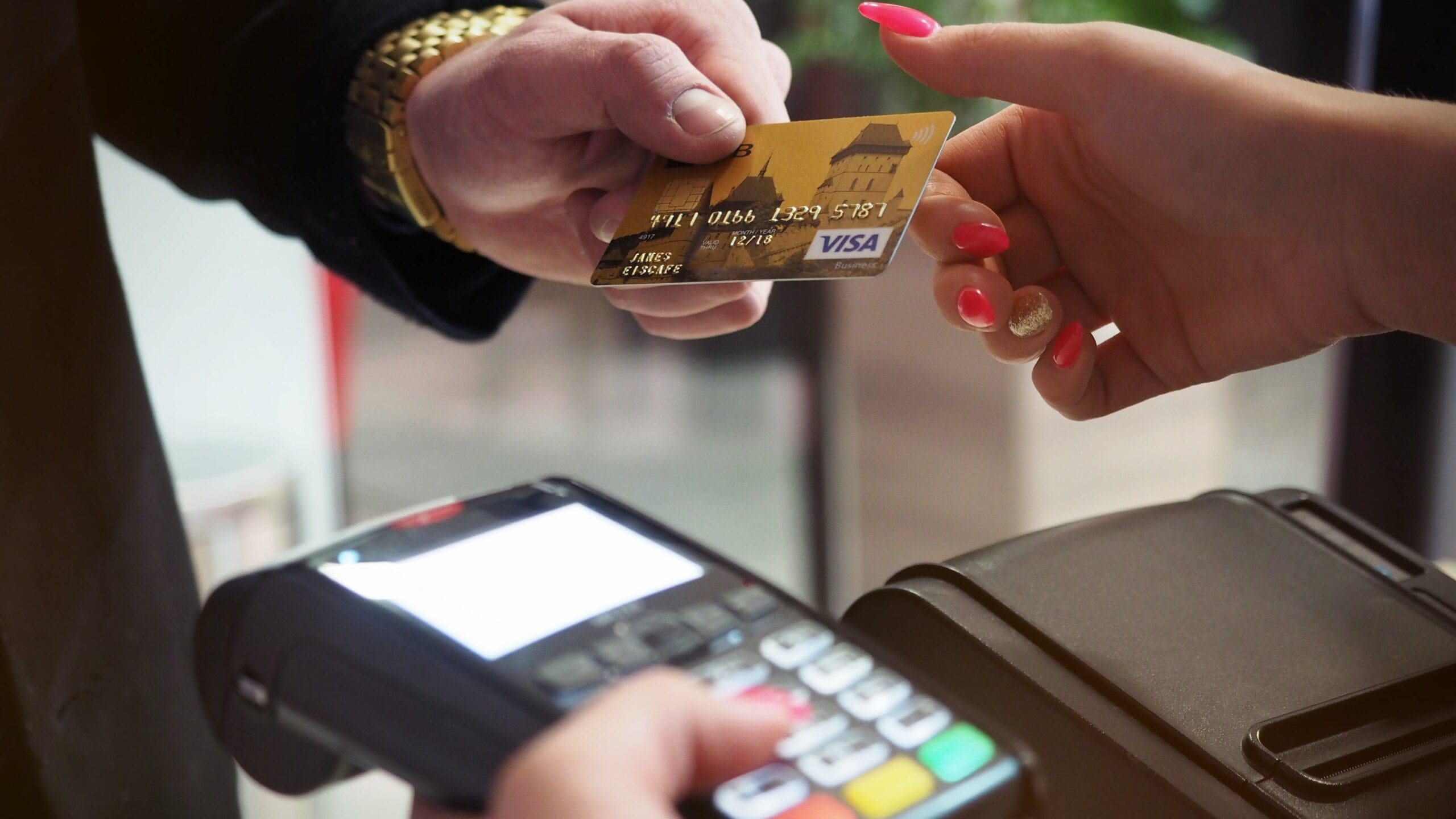
Many rewards credit cards offer cash back, and you may even find some debit cards that offer cash back on certain purchases. Cash back is not free money, rather a way to get rewards for making purchases or paying bills for gas, restaurant meals, groceries or even streaming services.
Understanding how cashback works and what to look for in your next card can help you maximize rewards and earn more money back on everyday purchases.
What Is Cash Back?
Cash back is when a percentage of a cardholder’s eligible purchase gets refunded to them. In the early 19th century, retailers introduced rebate discounts that allowed consumers to pay full price for an item then receive a credit at a later time.
Users often had to submit a rebate request and wait for around weeks or months to receive the credit. Today, cash-back cards allow consumers to earn money back on numerous purchases at the end of each statement cycle.
Your cash rewards can then be used as a statement credit, deposited to your bank account or a few other options.
How Does Cash Back Work?
Depending on the cash-back card, you may earn a flat rate or tiered cash-back rate on your eligible purchases. A flat-rate cash-back card will typically give you one rate on all your purchases.
For example, the Cashback SBI Card offers 5% cash back on internet spending relevant for all merchants without distinction. 1% cash back on all utility bill payments or offline purchases. There is a twist for online spending, if you reach the cap of INR 10,000 in a month on earning 5% cash back, the user will continue to get 1% cash back on such online transactions.
The Axis Bank ACE Credit Card, on the other hand, uses tiered cash-back rewards including 5% cash back on payment on bills via Google Pay, 4% cash back on applications like Ola, Swiggy and Zomato without any cap and 2% cash back on other payments.
How Cash Back Is Awarded
Cash back is usually awarded in rupees or as rewards points. Rewards points may stretch further than cash especially if you’re applying your points to travel, but each program is different. Cash is still convenient if you’re looking for a statement credit, a check or funds deposited directly to your bank account.
Some cards allow you to redeem gift cards to popular restaurants and retailers with your cash back rewards.
Your monthly statement of credit card will generally show how much cash back you have earned and what was awarded to you in return in the last 30 days. Make sure you thoroughly read the card issuer’s terms and conditions and understand how and when cash back is awarded after every transaction or spending.
Why Do Credit Cards Give Cash Back?
Credit cards with cash-back programs incentivize cardholders to spend money on certain things. Card issuers make money from fees and interest payments and it’s in their best interest that cardholders spend regularly on their card each month.
As a consumer looking to get rewarded for your spending, you may be more willing to use a credit card for your groceries (instead of a debit card) knowing that you’ll earn cash back on the purchase.
The opportunity to earn cash back might tempt cardholders to spend more than what they should normally. It is essential to manage your pay outs with a cash-back card so you don’t pile up a large balance that may be difficult to pay off by the end of your statement cycle.
Interest charges and even late payment fees can easily cancel out any cash-back rewards you receive.
How To Maximize Credit Card Cash Back
How much you receive with cash-back cards depends heavily on your expenses and your strategy to maximize rewards. Here are a few practical strategies that will help you earn more cash back from spending.
Consider the Categories You Typically Spend In
Review your spending to get a better idea of where your money is going. If you tend to spend a lot on groceries each month, a cash-back card that offers a higher rewards rate for grocery purchases may be your best option.
Look for a Card With a Welcome Bonus
A welcome bonus, or sign-up bonus, gives users the opportunity to earn cash back by meeting a definite spending threshold during the initial few months of activating the card. Not all credit cards offer a sign-up bonus or welcome bonus, so purchase the ones that do to maximize your cash back early on.
- Axis Bank Freecharge Plus Credit Card offers a welcome bonus of a gift voucher worth INR 700 which can be redeemed at any partner stores.
- Airtel Axis Bank Credit Card offers a welcome bonus of Amazon voucher worth INR 500 only if a user makes a transaction within the first 30 days of the credit card purchase.
Try a Choice Category Cash-Back Card
LIT Credit Card is the first customizable credit card in India. The card is presented by AU Small Finance Bank. It offers personalization according to your lifestyle, pricing, manage track features in real time and you can simply turn features on and off as per the requirements.
LIT Credit Card benefits you shouldn’t miss out on:
- Category Cashback
- Fun and Fitness Membership
- Airport Lounge Access
- Shopper’s Reward
- Fuel Surcharge Waiver
- Milestone Cashback
This option can help you avoid feeling pressured to spend in areas that don’t make sense for your financial needs and lifestyle.
Watch Out for Fees
In some cases, it’s best to choose a cash-back card that doesn’t have an annual fee. If the fee for a card is around INR 7,000, this means you’ll net less cash-back rewards annually due to this added cost. However, you should also consider how many rewards you would earn with different cards. Cards with annual fees typically offer higher rewards rates.
If the card has foreign transaction fees, this will also cost you extra if you use it to make purchases out of the country.
Even if you’re earning 5% or 6% cash back on your purchases, having too many credit card fees can cancel out your rewards.
Don’t Carry a Balance Each Month
We recommend no one ever carry a credit card balance if possible. Carrying a balance subjects the cardholder to interest charges which can add up to more than the cash-back rewards amount you earn, and quickly.
We recommend only spending an amount you feel comfortable with paying back in full at the end of the month.
Bottom Line
Earning cash back can be easy and makes sense if you’re using a credit card to make regular purchases anyway. If you’re looking to reward yourself with some extra cash, it’s worth considering at least one quality cash-back card to keep in your wallet.
It’s essential to consider some of the downsides to cash-back cards, as well, like the limited redemption options. Also, if you’re looking for travel rewards like hotel points and airline miles, these rewards are more valuable than the cash.
Frequently Asked Questions (FAQs)
Is earning cash back basically like getting free money?
No, cash back is not free money. You need to make a purchase with your card to earn cash back. Cash-back rates typically range from 1% to 5%, so you will still be paying for the majority of your purchase out of pocket.
For example, if your card pays a flat cash-back rate of 1.5% and you spend INR 100, you’ll earn just INR 1.50 in cash back, meaning your total out of pocket for the purchase will be INR 98.50.
What credit score do you need for a cash-back credit card?
Cash-back cards typically require that you have good to excellent credit. This means your credit score should be at least 700 or higher. To improve your credit score, focus on paying down existing debts, making on-time payments and monitoring your score online to watch out for any errors.
Do I have to opt in to start earning cash back?
It depends on the type of card you have. Some automatically give you cash back whenever you make a purchase. Other cards that use a tired rewards system may require you to activate a specific cash-back offer before you can start earning.
Always check the terms and conditions of your credit card agreement to ensure you understand how to start earning cash back with the specific card.







